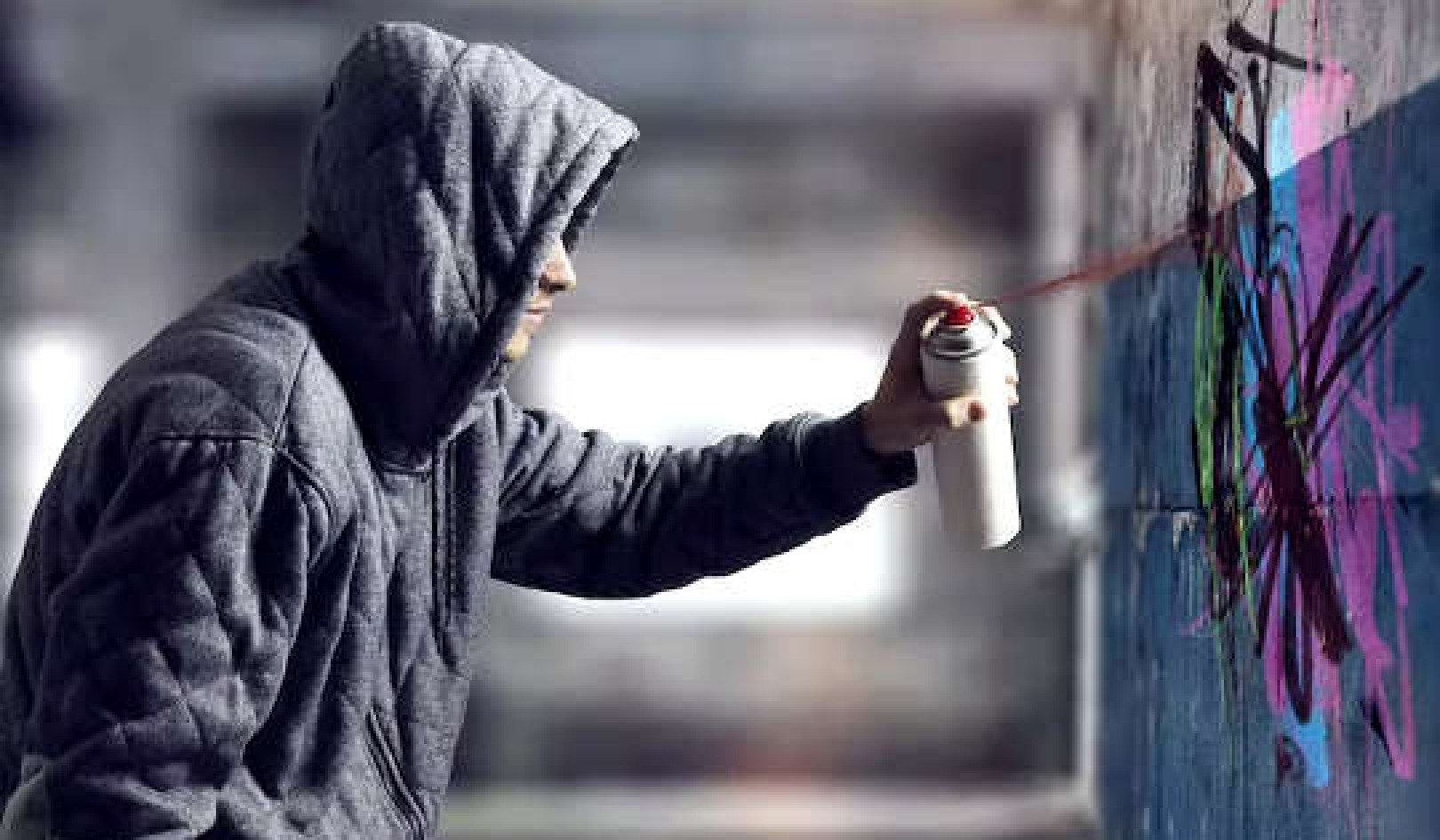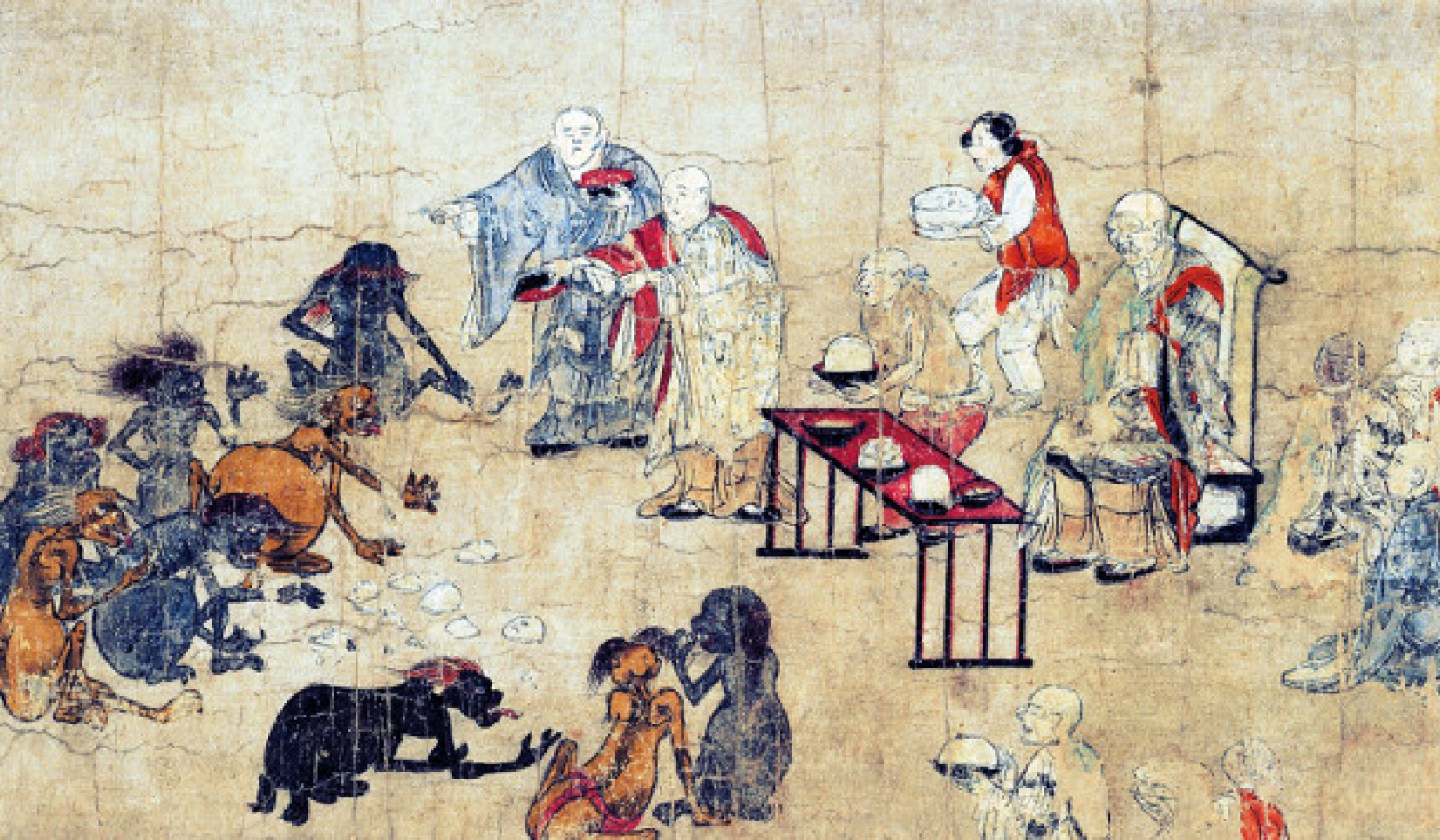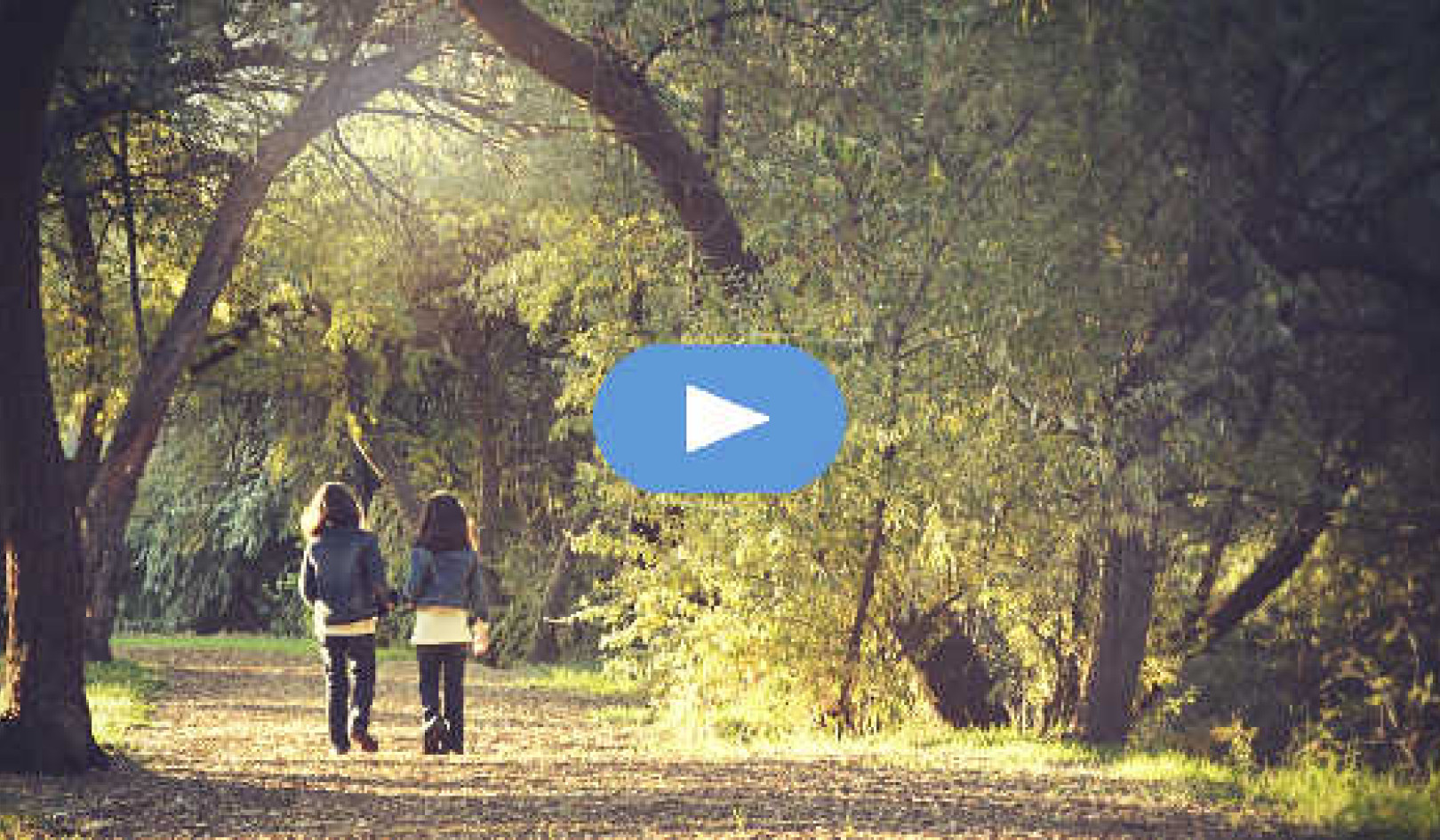
About six months into my heartbreak, I had a rude awakening. I was sitting on my bed pulling up my stockings. A mirrored door was ajar and its reflection caught me off guard. In a flash, I recognized the woman hunched over her feet, glowering at the mirror. It was me, caught in a moment of self-revulsion.
I undertook an immediate reality check. I’d always considered myself to be a reasonably attractive woman, and my friends and lovers had thought so too, I told myself. And besides, I’d just lost at least fifteen pounds of abandonment weight, and I knew I looked better than ever. It was unmistakable what this sudden negative image of myself meant: I had managed to internalize my partner’s rejection. My abandonment wound had become infected.
For decades I had watched this same process in my clients after they survived a breakup. They’d take their rejection to heart, as evidence of unworthiness. But how had I, a therapist with over twenty years of experience specializing in this issue, managed to fall prey to the same dynamics?
Internalizing Is A Stage Of Abandonment
Internalizing is the most critical stage of abandonment, when your body and soul incorporate the deep personal wound of losing someone’s love. Without recovery, this wound can leave permanent scarring. It burrows beneath the surface where it continues to generate insecurity and undermine your self-esteem for decades to come.
Internalizing is what distinguishes abandonment grief from all others. You grieve not a loss of someone’s life, but a loss of their love and, in the process, doubt your own worth. Peter Yelton, a friend and personal guru, says that abandonment is a profound enough trauma to implant an invisible drain deep within the self that works insidiously to siphon off self-esteem from within. The paradox for abandonment survivors is that no matter what they do to build their self-esteem, the invisible wound of abandonment is always working to drain it away.
Abandonment Is A Cumulative Wound
Although its appearance in my mirror caught me off guard, as a therapist, I understood what my sudden bout of self-loathing was all about. Abandonment is a cumulative wound, containing all of the disconnections, disappointments, and heartbreaks of a lifetime. My current heartbreak had reopened that wound and bombarded me with emotional memories of a painful past.
The ugly duckling phase I’d gone through as a child had come back to haunt me full force. Between the ages of eight and eleven, I’d been obese. Not only was I gigantic, but my teeth managed to grow in crooked. To make matters worse, I suffered through 365 bad hair days per year. I was always getting home perms to improve the situation, but these experiments created bald spots on one side of my head and frizzy puffs on the other. The only thing that changed was which side they were on.
Now as an adult, I avoid perms and I zealously diet and exercise to keep myself trim. Though more slender than usual and appropriately coiffed at the time of my abandonment, that glimpse into the mirror revealed what I was feeling about myself on the inside.
In a split second of awareness, I witnessed my damaged self-image rise up from the ruins. It was heartbreak’s ghost staring me down. A negative self-image is an apparition of abandonment grief.
Abandonment Can Diminish One’s Self-esteem
Having already scoured the psychology shelves over the years for all available information on abandonment’s ability to diminish one’s self-esteem, I was now living proof that its wisdom was insufficient. I searched in adjacent fields for answers. Finally, in an improbably obscure journal called Social Subordinance, I found what I was looking for.
I learned that when alpha males—the head honchos of baboon societies—become stricken with grief following the breakup or death of a mate, it causes their glucocorticoid stress hormones to skyrocket. With elevated glucocorticoids, they no longer demonstrate dominant behavior. In other words, alpha males let their lower-ranking troop mates get one over on them.
I identified with the plight of these grief-stricken alphas who’d become so debilitated by increased glucocorticoids, they stooped to asking permission from lower-ranking males for a share of the food supply.
When alphas become wimpy with grief, the others begin jockeying for new positions within the rank and file. The ensuing mayhem causes all of the baboons’ glucocorticoids to rise, but with intriguing differences. The males who fight to gain higher rank show a smaller increase in glucocorticoids than those who fight to defend their existing ranks.
Don't Give Up The Fight
This told me what I had to do. I had to act like the upstart baboons who fought, not to protect their present position, but for higher gain. I’d have to fight my own internal restrictions and barriers to avenge my abandonment wound. I’d prove the old maxim correct: the best revenge is success. I’d raise my esteem and lower my glucocorticoids by fighting my way out of the lockstep patterns that held me in place. I’d forge onward to higher ground.
Fighting was the last thing I felt like doing. “Fake it till you make it”—a trusty slogan borrowed from twelve-step programs—proved true. I forced myself through the motions of building a new sense of self, acceding to my highest goals, and I developed a whole new technique in doing so.
Abandonment Has Five Universal Stages Of Grief
One morning about a year after my breakup, I set out for my usual walk around the harbor, unaware that I was about to have an epiphany. I was aware only that I was happy and in love, grateful for where my life was.
When I reached the harbor, I felt a tingling sensation as it occurred to me that the dark cloud of grief, no longer above me, suddenly seemed far behind me. Observing its shape and dimensions from a distance, I was able to see for the first time that abandonment has its own kind of grief—a powerful grief universal to human beings. I could see where its natural folds lay—that it broke down into five universal stages: Shattering, Withdrawal, Internalizing, Rage, and Lifting.
Each of the stages affects a different aspect of human functioning and calls forth a different emotional response. They overlap one another as part of one inexorable process of grief and recovery.
I was awestruck at the cyclonic nature of this all-encompassing cloud that had enveloped me for so long. This had been a profoundly difficult life process I had been through and that I helped my clients through over the years. Now that I was on professional as well as personal terms with this process, I had the vantage point of having been inside the universal pain and experienced for myself what it took to survive it.
Here is a brief overview of the stages of abandonment grief.
1. Shattering: The painful tear in your attachment, a stab wound to the heart.
The sudden disconnection sends you into panic, devastation, shock, and bewilderment. You feel symbiotically attached to your lost love—as if you couldn’t survive alone. You’re in crisis and feel as if you’d been severed from your Siamese twin and you were in the recovery room in pain and alone.
You try to keep remnants of your fractured self together, but your whole sense of reality feels destroyed. One minute you succumb to the overwhelming despair, suicidal feelings, and sorrow. The next, you see glimmers of hope.
2. Withdrawal: Love withdrawal is just like heroin withdrawal—each involves intense yearning for the object of desire, and this craving is mediated by opioids within your body.
You feel a painful aching, longing, needing a love fix and can’t get one. You feel strung out. Your mind incessantly waits for your lost love to call or return. You’re plagued with separation anxiety—an expectant, urgent feeling of heightened vulnerability.
Physical components of withdrawal from love are the same as they are for withdrawal from heroin. You’re in withdrawal from your endogenous opiates as well as suffused with fight-or-flight stress hormones. Your withdrawal symptoms include wasting, weight loss, wakefulness.
3. Internalizing: You begin to turn your rage over being rejected against yourself, which accounts for the intense depression that accompanies abandonment.
You idealize your lost love at your own expense, indicting yourself for losing the most important person in your life. You internalize the rejection, interpreting the dismissal as evidence of your alleged personal unworthiness.
Internalizing is the I in the middle of the S.W.I.R.L. Process — the eye of a hurricane wreaking destruction on the self. Internalizing is the most critical stage, when your wound can become infected, scarring your self-image. You inculcate a narcissistic injury. Your self-doubt has the power to implant an invisible drain deep within the self that insidiously leaches self-esteem from within. You have grave doubts about your ability to hold someone’s love and blame yourself for the loss.
Old feelings of insecurity merge into your new wound, creating lingering insecurity. Without recovery, this feeling can interfere in future relationships.
4. Rage: You attempt to reverse the rejection, expressing rage over being left.
You are restless to get your life back in order and riddled with low frustration tolerance, your anger spurting out of control. You resent being thrust into aloneness against your will. You regress into fantasies of revenge and retaliation.
Your aggressive energy is like a pressure cooker. You boil over easily, sometimes spewing anger onto innocent bystanders (like your friends when they fail to understand what you’re going through). Many of you who have difficulty with assertiveness tend to invert your rage into an agitated depression.
5. Lifting: Life begins to distract you, lifting you back into it.
You experience intervals of peace and confidence. Abandonment’s lessons are learned, and you get ready to love again.
Without recovery, some of you make the mistake of lifting above your feelings, losing touch with your emotional center, becoming more isolated than before.
Swirliing Through the Five Stages
You swirl through the stages within an hour, a day, a year, cycles in cycles, and you emerge out the end of its funnel-shaped cloud a changed person. As you learn how to handle the feelings at each stage of this overwhelming process, this transformation lifts you to greater life and love.
The S.W.I.R.L. Process provides a framework by which to organize your overwhelming experience. Since recovery is greatly enhanced by your active participation, I offer an opportunity to relate your own situation to each of these stages.
Bear in mind that the stages are not discrete time packets but rather one continuous process. We tend to go back and forth among them, sometimes experiencing two or more at once; and just as we think we’re through, something happens that seems to thrust us right back to the beginning.
Actually, it only feels that way. Each time you swirl through the stages, you come out with greater awareness, strength, and capacity for love than before. The cyclonic feelings of each stage can be used to make profound personal changes and transform your life. You need to remain determined to turn abandonment—one of life’s most painful experiences—into an opportunity for profound personal growth.
We have all been through the S.W.I.R.L. Process at one time or another as we flow through the disconnections and disappointments of everyday life.
©2003, 2016 by Susan Anderson. All Rights Reserved.
Reprinted with permission of the publisher,
New World Library, Novato, CA 94949. newworldlibrary.com.
Article Source
 The Abandonment Recovery Workbook: Guidance through the 5 Stages of Healing from Abandonment, Heartbreak, and Loss
The Abandonment Recovery Workbook: Guidance through the 5 Stages of Healing from Abandonment, Heartbreak, and Loss
by Susan Anderson.
Click here for more info and/or to order this book.
About the Author
 Susan Anderson is the author of four books including The Abandonment Recovery Workbook, as well as Taming Your Outer Child and The Journey from Abandonment to Healing. The founder of the Outer Child and Abandonment Recovery movements, she has devoted the past 30 years of clinical experience and research to helping people resolve abandonment and overcome self-sabotage. Visit her online at abandonment.net.
Susan Anderson is the author of four books including The Abandonment Recovery Workbook, as well as Taming Your Outer Child and The Journey from Abandonment to Healing. The founder of the Outer Child and Abandonment Recovery movements, she has devoted the past 30 years of clinical experience and research to helping people resolve abandonment and overcome self-sabotage. Visit her online at abandonment.net.
Watch a video: Taming Your Outer Child (with Susan Anderson)


























